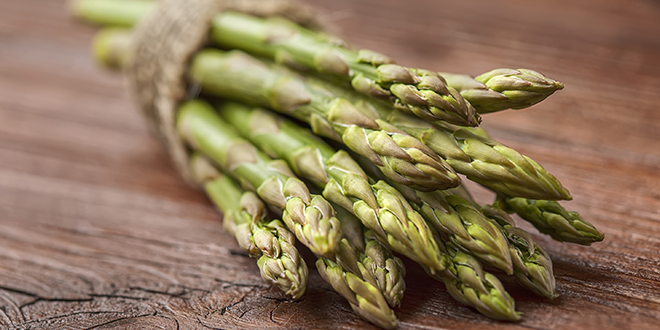

Mar 27, 2019Late-season nitrogen use may not help asparagus
Changes in production systems including new asparagus varieties, the expansion of overhead irrigation and shifting markets are increasing grower interest in higher nitrogen fertilizer rates on asparagus. There’s also interest in splitting applications with some nitrogen applied later in the season during fern growth to promote fern health and photosynthesis.


field in Michigan. Photo: Gary Pullano
However, first-year results from new research at Michigan State University (MSU) hasn’t found a benefit from the practices.
“These are very early results from a long-term study on a perennial crop,” said Zack Hayden, vegetable soil and nutrient management specialist in MSU’s Department of Horticulture. “We don’t change our recommendations to growers on one year’s results.”
While it’s too early to draw definitive conclusions from this study, the initial results align with findings from previous research on nitrogen rates on asparagus in Michigan and other states. Hayden spoke on the topic of asparagus fertility at the recent Great Lakes Fruit, Vegetable & Farm Market EXPO in Grand Rapids, Michigan.
The new research is an on-farm trial that began in 2017 near Hart, Michigan. Researchers evaluated nitrogen rates of 50, 80, 110 and 140 pounds of actual nitrogen applied per acre. Researchers also evaluated two additional treatments in which a portion of total nitrogen – either 20 or 40 pounds of nitrogen per acre – was applied during fern growth in late July.
The site was a three-year-old stand of the asparagus cultivar Millennium. The site was a coarse-textured soil with center pivot irrigation. All nitrogen applications were topdressed urea.
The majority of the nitrogen in the asparagus spears comes from nitrogen stored in the crown and roots and up to 90 percent of the nitrogen in the fern is remobilized to the crown and roots when the fern is fully senesced.
In this study, researchers found no clear differences between any of the nitrogen treatments on the fern nitrogen content or on fern biomass during the summer.
Despite this, researchers only found low levels of inorganic nitrogen in the soil across all treatments later in the summer. This suggests effective scavenging for the added nitrogen in the high nitrogen treatments since excess nitrogen may be stored in the large root systems of asparagus for future growth. This is true of even the newer asparagus varieties thought to have somewhat smaller root systems. The low levels of inorganic nitrogen could also have been from greater nitrogen losses.
One of the few effects observed in the first season was an increase in the stem count at midseason for all nitrogen rates higher than 50 pounds of nitrogen per acre. “Many of these were stems that shriveled and died off early,” Hayden said. “They likely didn’t represent a benefit to the plant.” They might have even been a drain on the carbohydrate reserves of the roots.
In this on-farm trial, the effects of the different nitrogen rates on first season spear yields were evaluated in the spring of 2018. This was done by counting and measuring the diameter of all previously harvested spears (as stubble) at weekly intervals, in addition to counting the spear weights from one harvest per week.
The higher or split nitrogen treatments didn’t have any benefit on the total number of harvested spears, the average diameter of harvested spears, or weights measured in individual spear harvests.
“We really haven’t yet seen any production advantages to applying more nitrogen than MSU’s standard recommendations,” Hayden said.
For established asparagus plantings, MSU’s standard recommendation is to apply some nitrogen preharvest and the rest postharvest before fern growth. The total amount should not exceed 80 pounds of actual nitrogen per acre.
For new plantings, MSU’s recommendation is for 50 pounds of actual nitrogen per acre broadcast and incorporated before setting out the crowns, followed by another 50 pounds of nitrogen after the fern growth is six inches tall.
“If there isn’t a benefit from higher rates and split applications, that will mean lower fertilizer and application costs,” Hayden said. On the coarser-textured soils asparagus is grown on, it will also mean a lower potential for nitrogen leaching and the associated environmental risks.
— Dean Peterson, VGN correspondent














